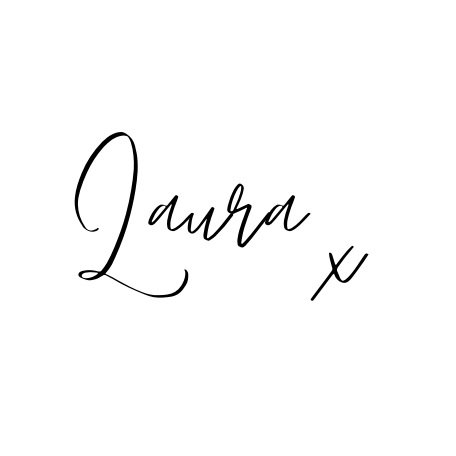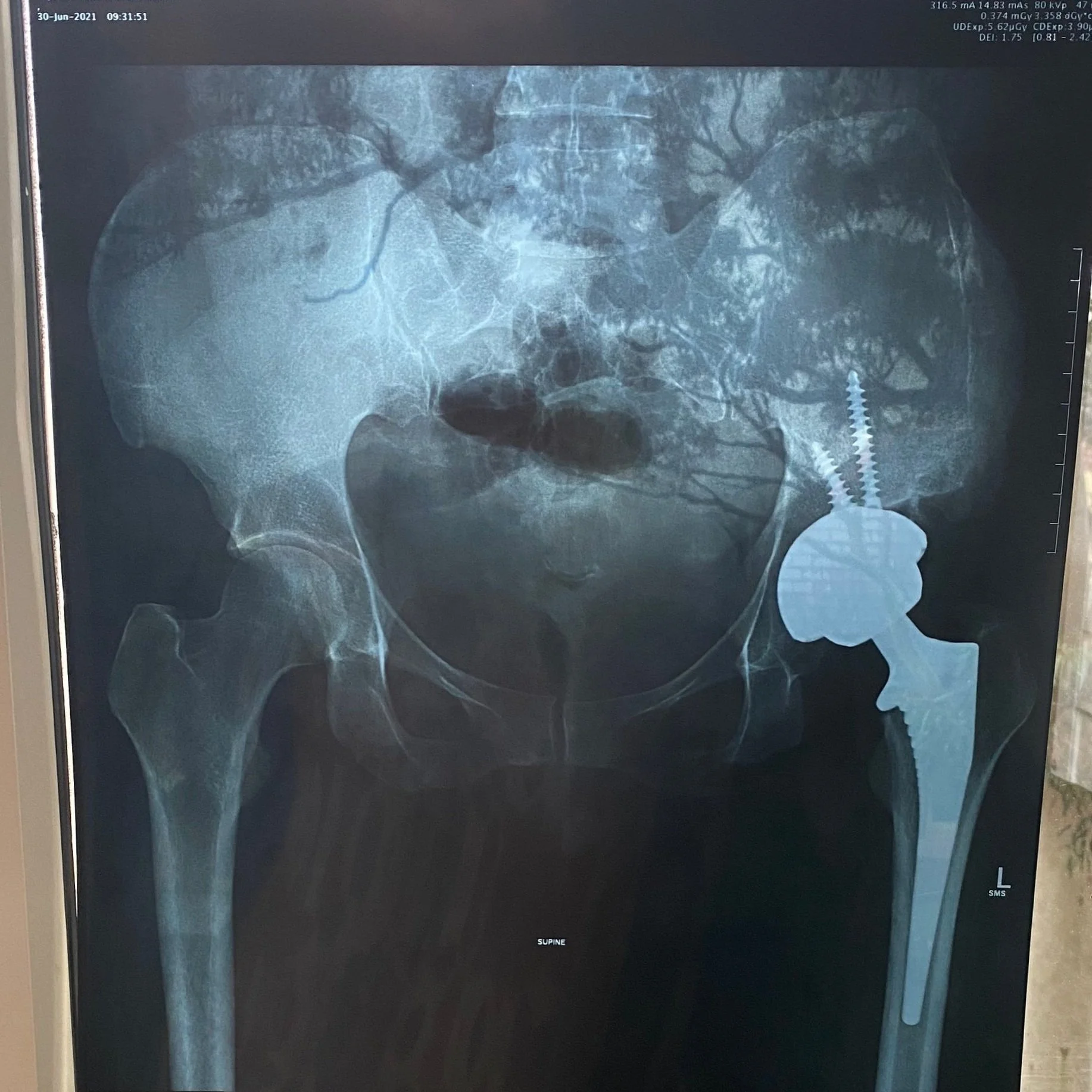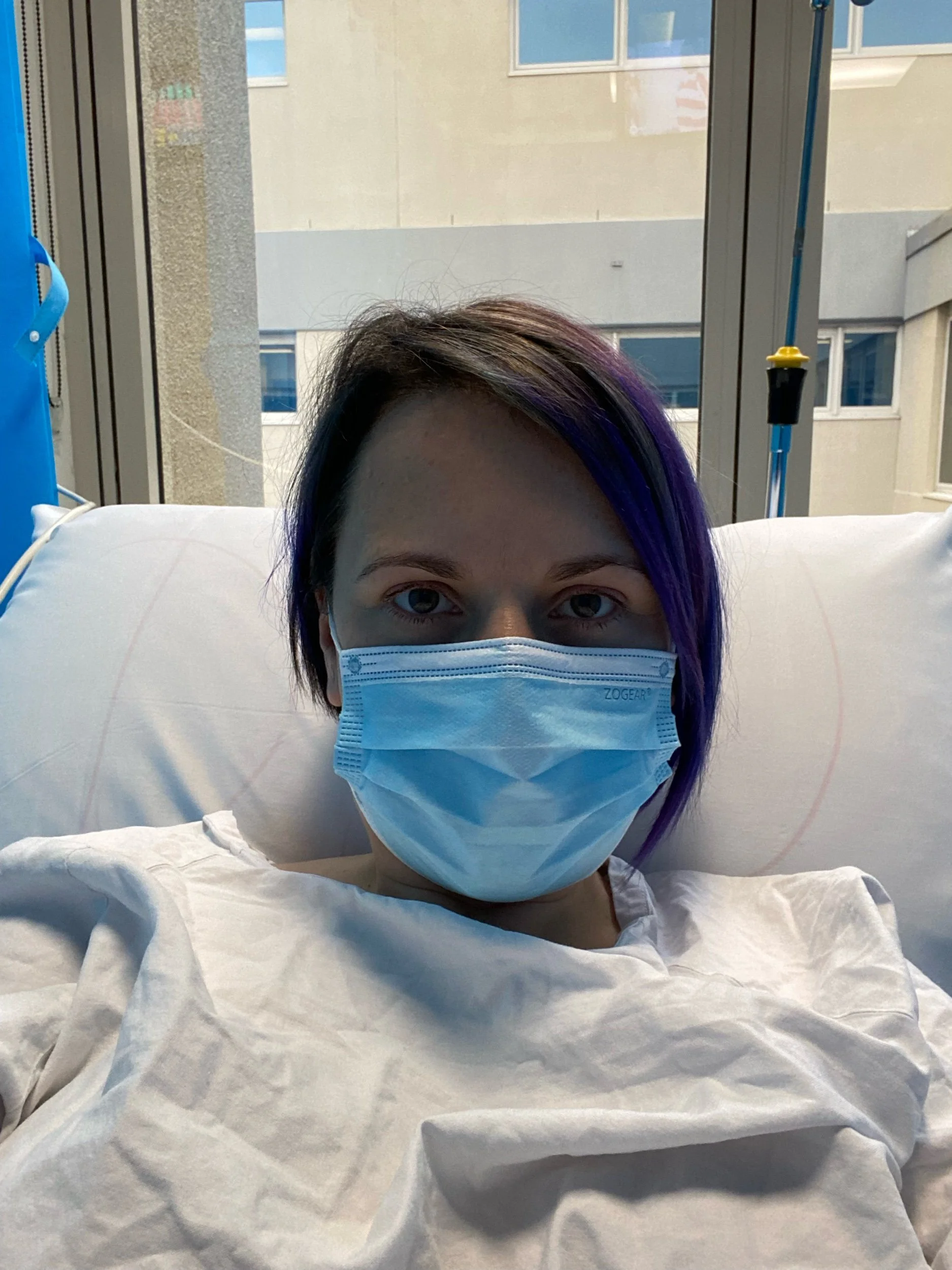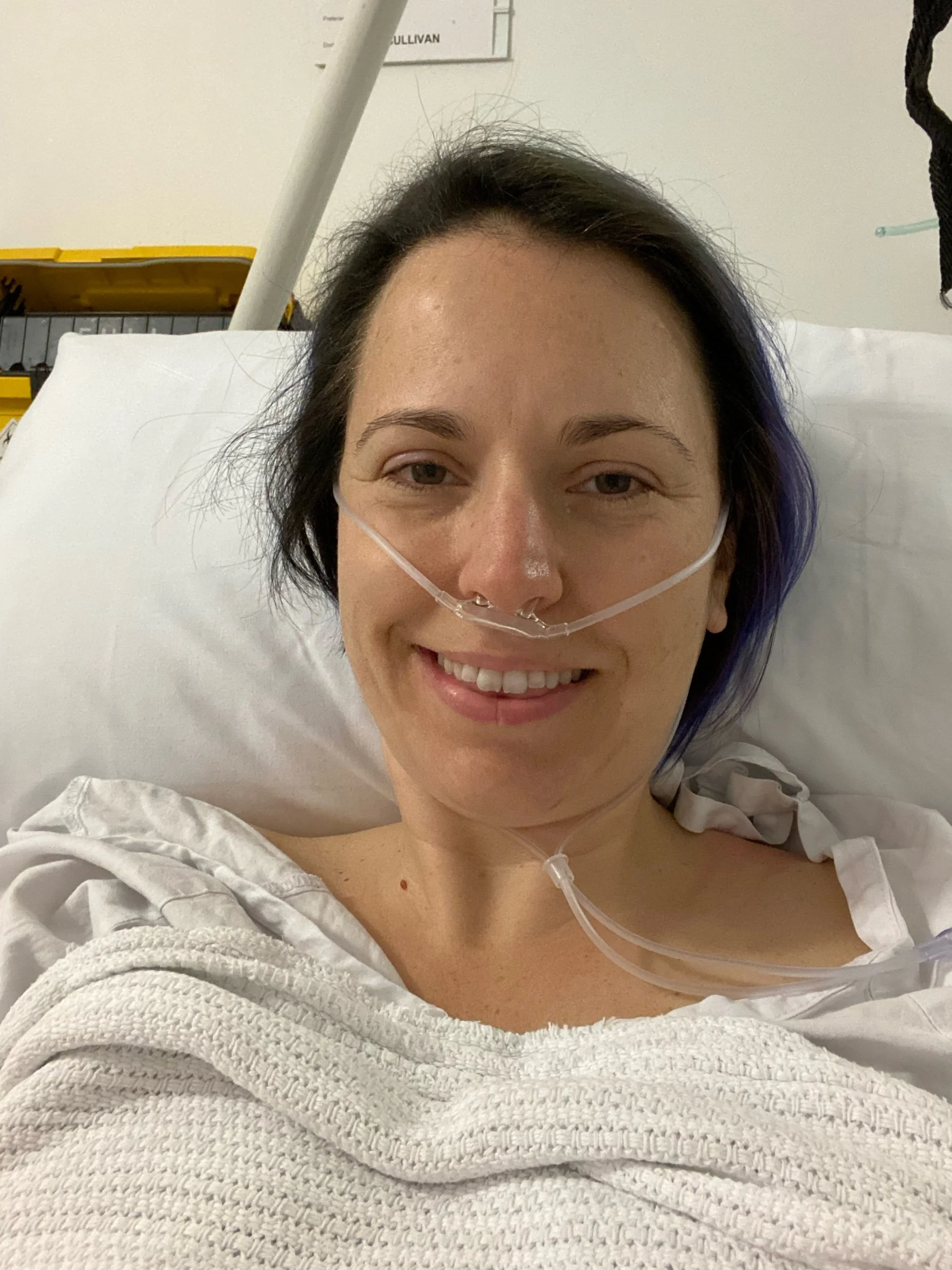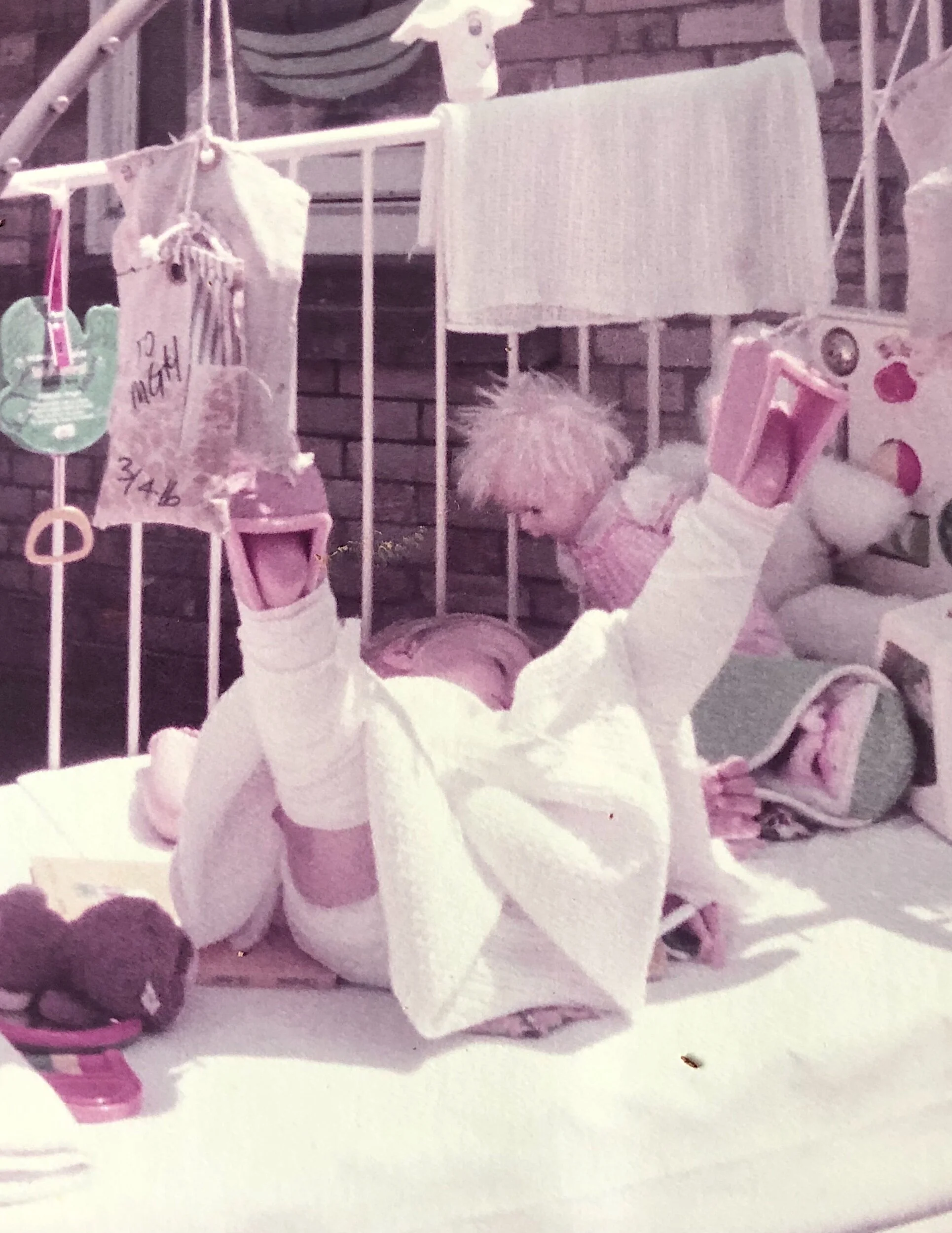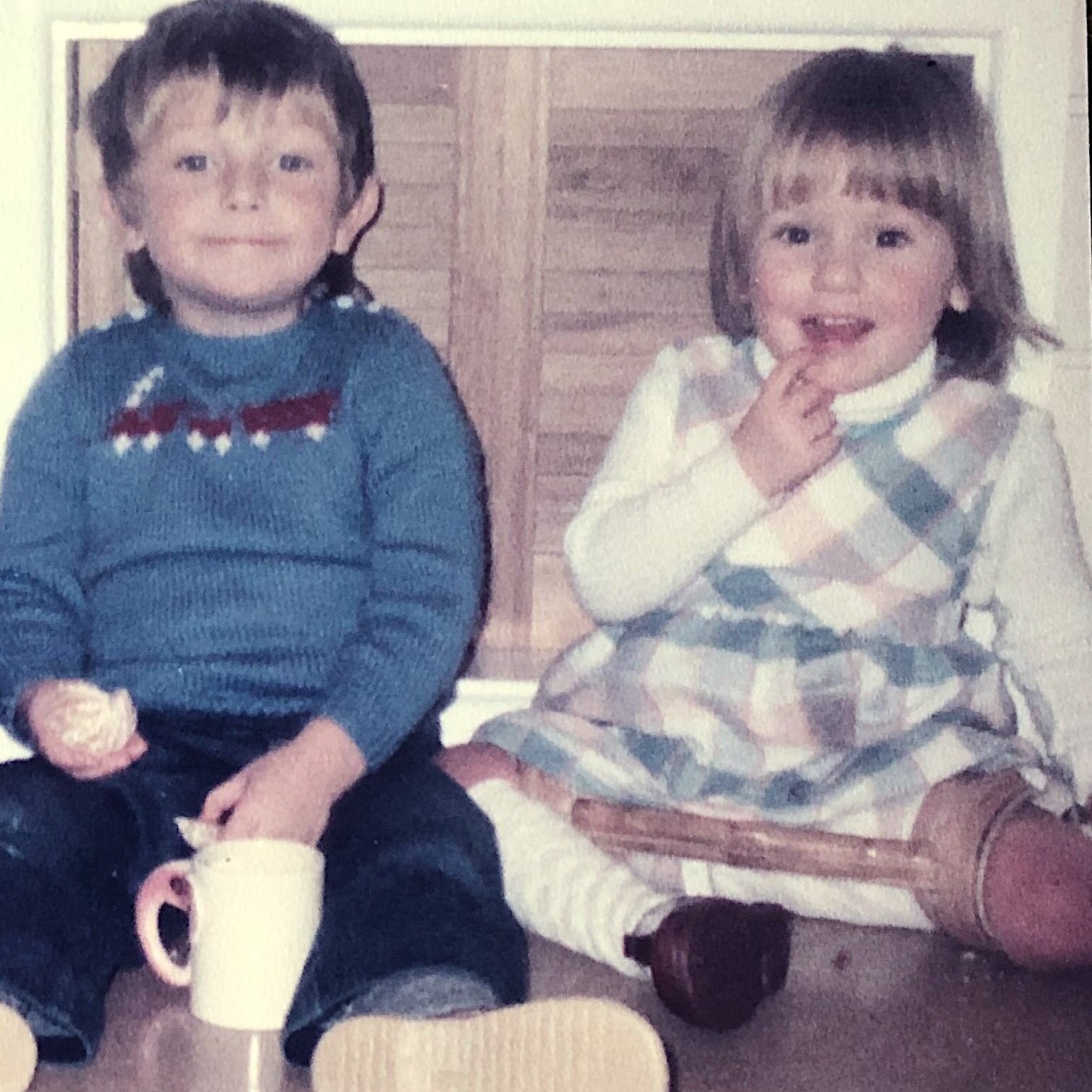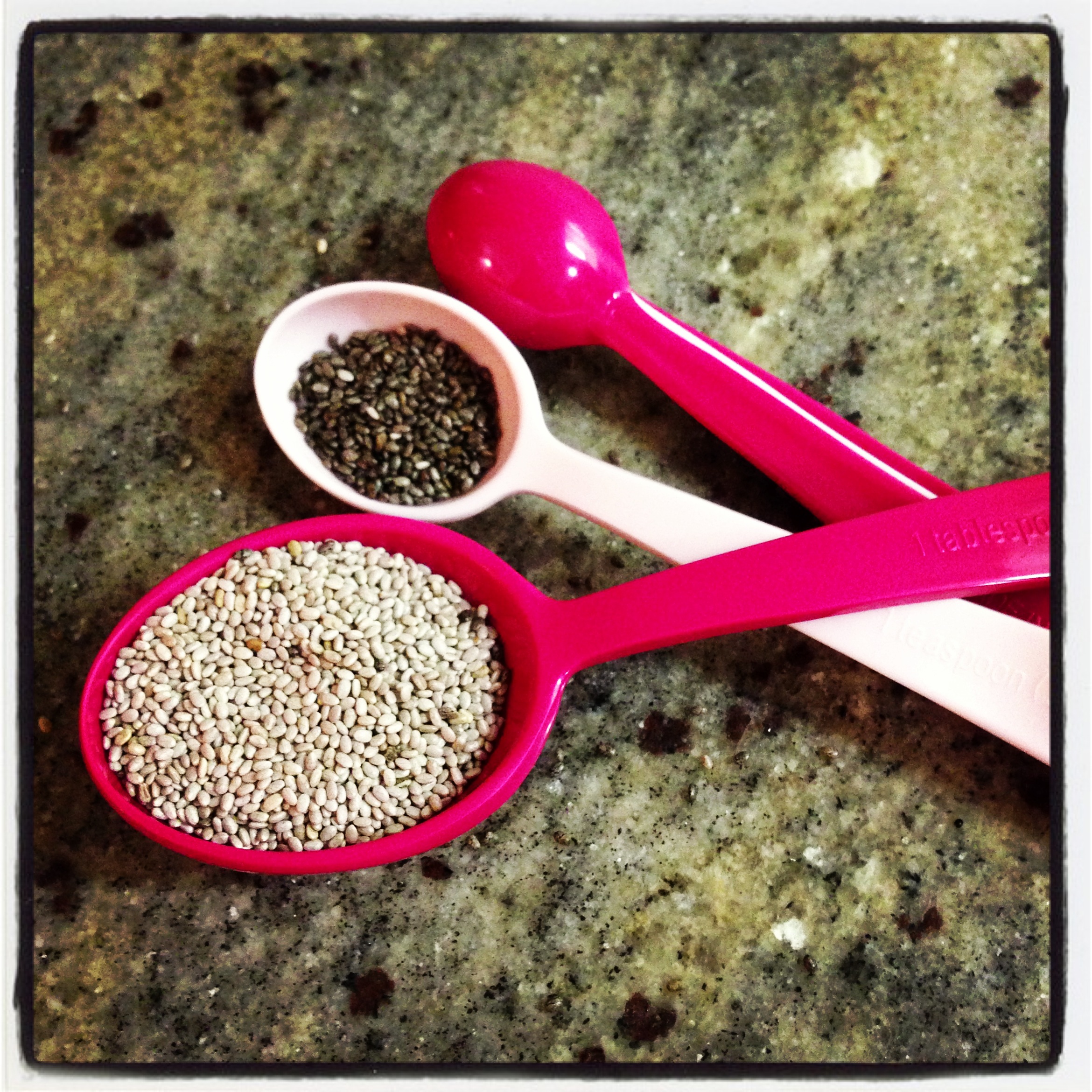How to make your health goals a reality.
With the new year, often comes new years resolutions. I’m not a fan of them myself. But I am a fan of goal setting. Whether that be in the new year or any time of year. Yesterday I created a vision board for my desktop wallpaper to help keep me on track with my goals for this year.
But what do you do if you have a long track record of setting health goals that never become a reality? You get caught up in the daily grind, distracted by other tasks and you never get chance to bring your goals to fruition.
Here are some ways to smash through common mistakes when setting goals, to help you get to where you want to be.
Common Goal Setting Mistakes and How to Fix Them
If you have a habit of setting then quickly forgetting your goals, you’re not alone. But why is it so common for people to set their goals only to continually overlook them or neglect to put in the work to achieve them? It’s not usually due to lack of willpower or passion but more likely due to a lack of planning or just not knowing how to set yourself up for success and set goals in an achievable way. These tips will help you to make a plan and set your health (or any) goals the right way.
Your goals are too general and vague
If you write “get healthy” as a goal it is very difficult to know what needs to be done and almost impossible to track your progress. You need to break this down into specific goals you are trying to reach.
Get healthy could become:
Get 8 hours sleep every night or
Exercise for 30minutes five days a week or
Drink 2 litres of water every day
Think about exactly what you want to achieve - more energy, better muscle tone, improved bowel habits - and then work out what you need to do to get there.
You are setting too many goals at one time
The best way to invite overwhelm and procrastination is to set too many goals at once making it hard to focus on any of them. If your goal list becomes overwhelming, it all becomes too hard and nothing gets done.
Instead, set a small number of goals, preferably ones that are related to each other. Try to stick to no more than 3 major goals to work on at a time.
In clinic I like to focus on minimal changes for maximum impact. This is how you should also approach your health goals.
You’re Not Making a To-Do List or Tracking Your Progress
A crucial step in setting and achieving goals is assigning the tasks that need to be done in order to achieve those goals and then completing the tasks, so you can see your progress. Make sure you have a goal planner so you can write down what tasks need to be done in order to achieve each goal (download my goal planner template for free). Be as specific as possible here, writing down the name of the task, what you need for that task, when it should be completed, and any other details that are relevant.
If your main goal is to improve your energy, you could set yourself these tasks to get there:
Get to bed at 10pm and wake at 6am (8 hours sleep)
Eat a balanced breakfast every morning
Drink 2L water daily
Once these tasks become part of your normal routine, you can reassess your goal then work on implementing the next set of tasks if needed or move on to the next major goal.
You’re not Being Realistic with the Schedule or Goals
While it is good to be specific with your goals and tasks, you also have to be realistic. Keep in mind how much time you have and what you can actually get done. If seem to keep falling behind, missing goal deadlines or you’re feeling overwhelmed, then you might need to revisit your goal and see if it is realistic at this point in your life, or simplify and break it up into smaller, more gradual tasks. Perhaps it doesn’t matter how long it takes to reach your goal, as long as you are moving in the right direction. Little speed bumps or diversions off the path don’t need to derail all of your efforts. Get back on track and keep working towards your goal, you can do this!
Psssst Goal Getter, I have a gift for you!
I LOVE to-do lists and goal planners. Like really really love. The feeling of satisfaction I get from crossing things off my daily to-do list is THE BEST. I love it so much that I will add items to my to-do list that I have already completed, just so I can cross it off! Sometimes it’s hard to remember how productive you have been in a day, or it’s hard to be productive because you don’t have a plan or to-do list!
Flounder no longer, I have created the perfect goal planning, to-do listing, habit tracking bundle to help you get clear on your goals, set out your tasks, brain dump your daily to-do’s (I put everything on mine - dark washing, light washing, hang washing out, pick washing in, eat lunch, drink water, post blog, post to instagram, reply to client email, return calls, drop Akira to school, pick Akira up, unload dishwasher… You get my drift. Dump it down and cross it off!), and track your healthy habits to solidify your goal getting success.
Oh and it’s completely free. Grab yours below and slay those goals.


